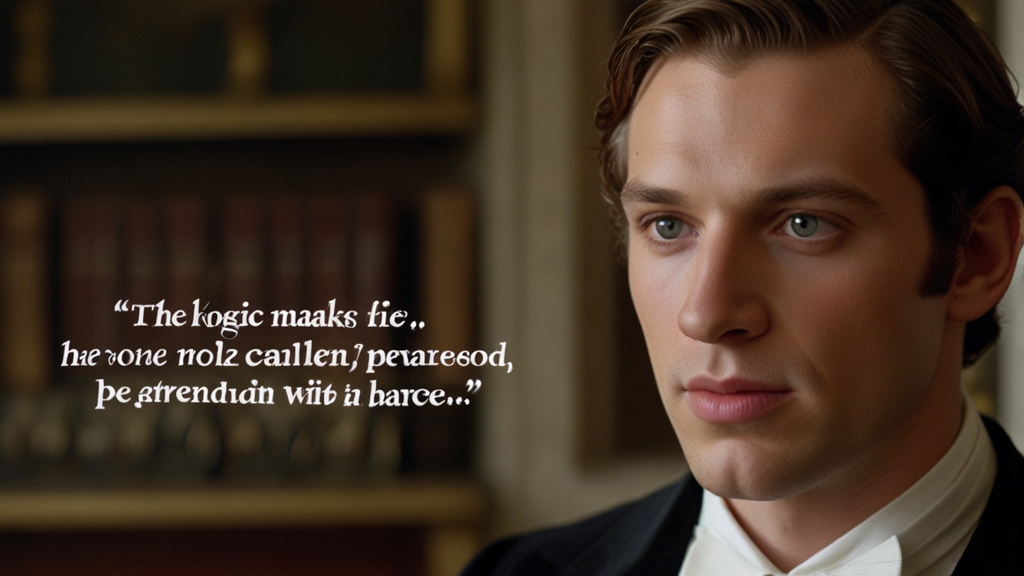The Role of Bible Characters in Shaping Religious Thought
The Bible, as one of the most significant religious texts in history, has profoundly influenced the development of religious thought across centuries. Central to this influence are the characters depicted within its pages. These figures serve not only as narratorial elements but also as moral and spiritual exemplars whose lives and actions offer guidance, warnings, and inspiration. By exploring the roles of key Bible characters, we can gain deeper insights into how they have shaped religious beliefs and teachings.
Patriarchs and Matriarchs: Foundations of Faith
The patriarchs and matriarchs of the Old Testament, such as Abraham, Sarah, Isaac, Rebekah, Jacob, and Rachel, are foundational figures in Judaism, Christianity, and Islam. Their lives, marked by faith, covenant, and perseverance, lay the groundwork for theological concepts such as divine promise and chosenness.
"By faith Abraham, when called to go to a place he would later receive as his inheritance, obeyed and went, even though he did not know where he was going." (Hebrews 11:8)
Abraham’s unwavering faith and his willingness to obey God’s command serve as a paradigm for believers. His story emphasizes the importance of trust in divine providence and lays the foundation for the idea of a covenant relationship between God and humankind, a theme recurrent throughout the Bible.
Prophets: Voices of Divine Will
Prophets such as Isaiah, Jeremiah, and Ezekiel played critical roles in shaping the religious and ethical landscape of their times. Serving as intermediaries between God and the people, they conveyed divine messages that often called for repentance, social justice, and fidelity to God’s commandments.
"Is not this the kind of fasting I have chosen: to loose the chains of injustice and untie the cords of the yoke, to set the oppressed free and break every yoke?" (Isaiah 58:6)
The prophetic tradition underscored the importance of moral and ethical conduct, emphasizing that religious devotion is inextricably linked to social justice. The messages of the prophets continue to influence contemporary religious thought, particularly in movements focused on social reform and human rights.
Disciples and Apostles: Early Christian Thought
The disciples and apostles of the New Testament, especially figures like Peter, Paul, and John, were instrumental in the formation and spread of early Christian doctrine. Their teachings and writings provide a foundation for Christian theology, ecclesiology, and ethics.
Paul’s epistles, for instance, are critical in articulating key theological concepts such as grace, redemption, and the nature of the Church. His missionary journeys and theological articulations helped transition Christianity from a Jewish sect to a global religion.
"For it is by grace you have been saved, through faith—and this is not from yourselves, it is the gift of God." (Ephesians 2:8)
This passage emphasizes the idea of salvation through grace, which has become a cornerstone of Christian belief. Paul's teachings on grace versus law, faith, and ethics continue to be central to Christian doctrine and practice.
Women of the Bible: Challenging Norms
Women in the Bible also play crucial roles in challenging and shaping religious thought. Figures like Ruth, Esther, and Mary (the mother of Jesus) break conventional gender norms and highlight themes of devotion, courage, and faith.
Mary's importance is particularly significant in Christian theology, where her role as the mother of Jesus underscores themes of obedience, humility, and divine favor. Mary’s acceptance of her role in God's plan highlights the importance of faith and submission to divine will.
Conclusion
The characters of the Bible serve as more than just historical or literary figures; they are integral to the development and understanding of religious thought. From the patriarchs who established foundational beliefs to the prophets who called for justice and reform, to the disciples who spread Christian teachings, each character contributes uniquely to the tapestry of religious life and doctrine. Through their stories, believers find models for faith, conduct, and devotion that continue to inspire and guide them today.








